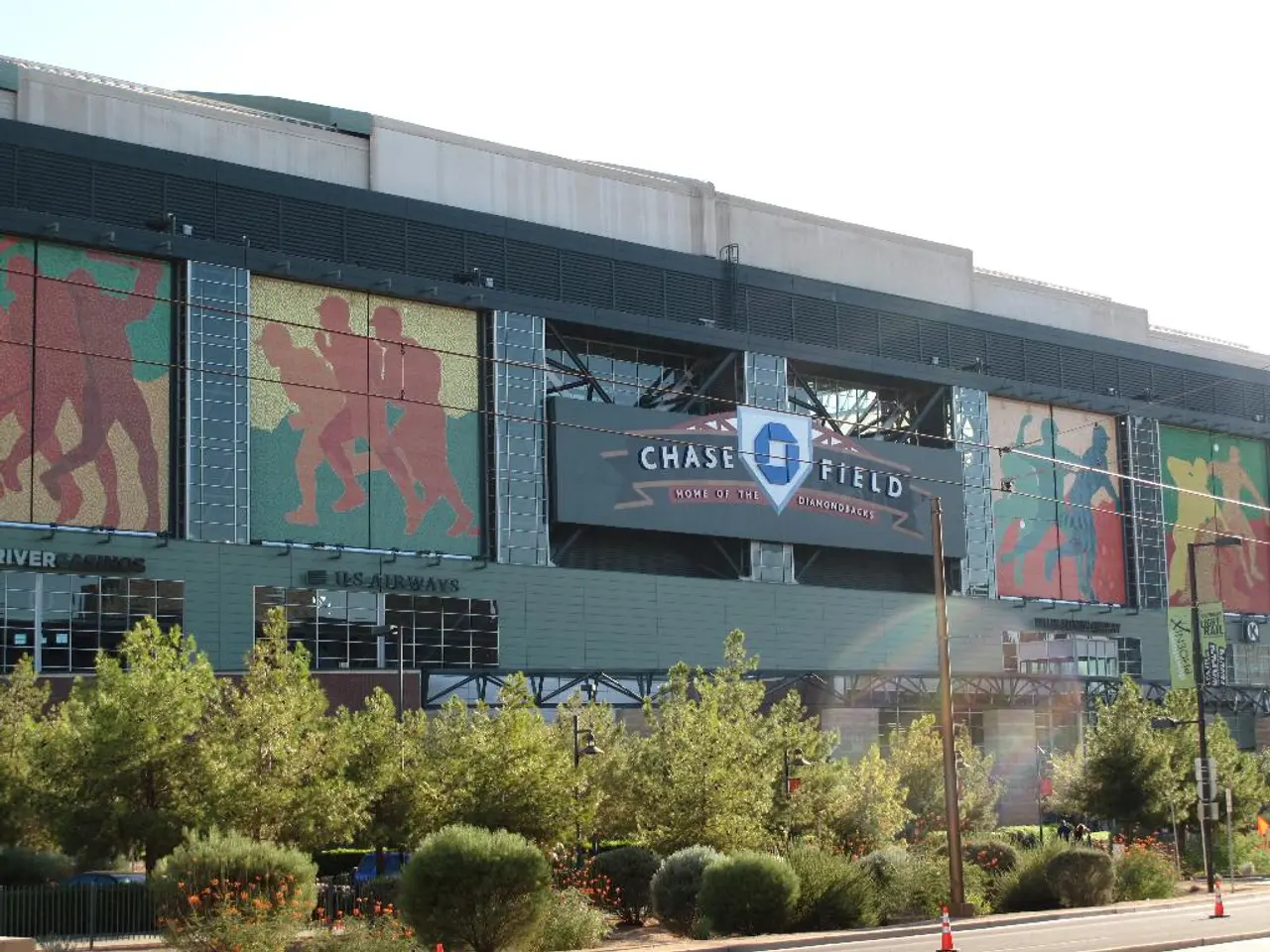Potential MLB realignment could lead to a reduction in the length of the regular season.
In a potential shakeup for Major League Baseball (MLB), the league is considering a significant overhaul of its schedule and structure. Here's a breakdown of the proposed changes and their potential implications.
One of the key changes under consideration is a shorter regular season schedule. The current 162-game season could be an expansion casualty, with a 156-game schedule being proposed instead. This new format would consist of 12 games each against the other three division teams, 72 games against the preserved National League (NL) or American League (AL), and 48 games against the other 16 teams in the competing league.
This shorter season length, if implemented, could be beneficial to the players' health and performance, as it would provide them with more time off. Cutting out six games from the schedule may lead to fewer injuries, particularly for starting pitchers.
The new format could also create a wildly different baseball scheduling future. For instance, the New York Mets and New York Yankees could be placed in the same division due to their geographic proximity. This potential realignment could make for less travel, a point that has been emphasised by Commissioner Rob Manfred, who has also expressed his intention to add expansion teams to the league.
Geographical realignment in a possible MLB expansion refers to the adjustment or restructuring of team divisions and locations to better fit new teams geographically, ensuring a balanced and logical distribution of teams across regions. The necessity of preserving rivalries in geographic realignment would be even more important in the new format.
The record books would need to be considered, as counting stats accumulating over 156 games will be less than 162 games. However, the potential loss of three home games per season could cost franchises millions of dollars in lost revenue. Yet, potentially more demand for the remaining 78 home games could cancel it out.
A 156-game schedule, with eight divisions of four teams each, could help make for less travel. But it's important to note that these changes are still in the proposal phase and have not been officially confirmed by the MLB.
Recent discussions around the new format have been featured in The Athletic, with experts and analysts debating the potential impacts on teams, players, and fans. As the MLB continues to explore these changes, it's an exciting time for baseball enthusiasts, as the future of the sport could be on the cusp of a major transformation.




